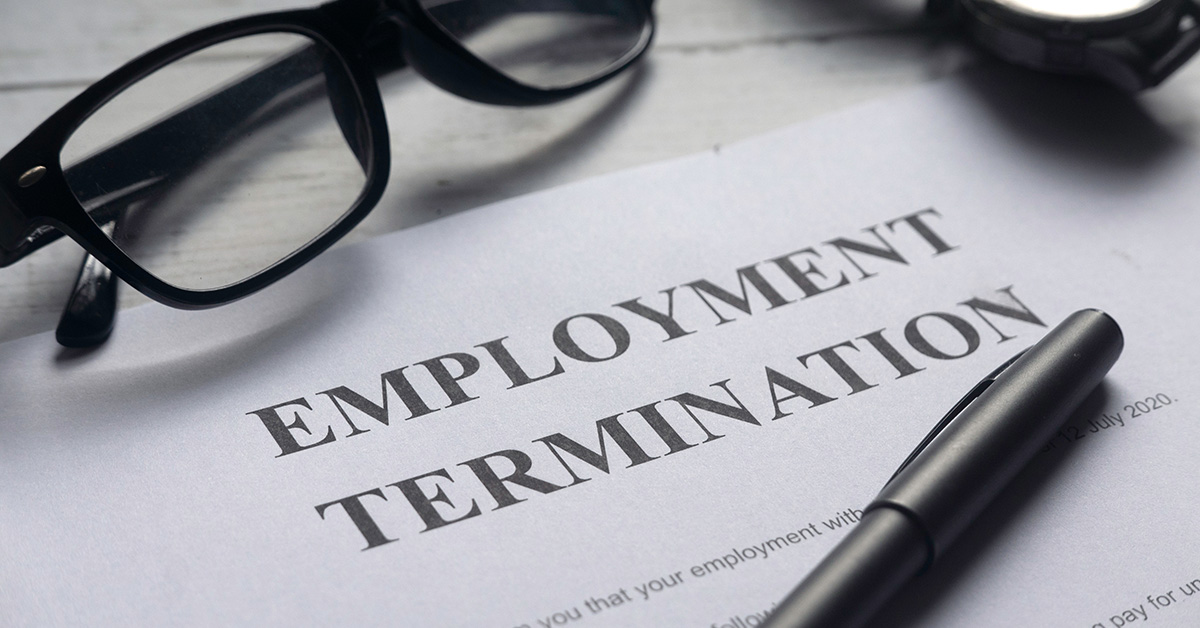War Years Employment Law
The Termination Pay Law was enacted in 1950. This particular Act is actually a part of the Fair Labor Standards Act which is a nationwide law that regulates all employers and employees in the United States. This Act also covers vacation pay, sick leave, training allowance, and any kind of wages that would be due to an employee.
The relevant part of the termination pay Law states as follows: “Sections 1 through 5. (a) Every employer who provides work for a series of employees must provide notice of termination to each employee, who is entitled to that termination, once the employee has terminated his employment by quitting or exercising termination rights under this Act. An employer may not require an employee to continue to work after the termination of the employment under this Act unless such requirement would be detrimental to the interests of such employee.” For an employee to have the right to continue to work under the terms of the Termination Pay Law he must be given notice of termination at least 90 days prior to the effective date of such termination.
An employer cannot ask an employee to continue to work under severance pay false and frivolous pretexts. The first such reason is that such an employer may not demand an employee to continue to work beyond the notice period provided under the Termination Pay Law. The second reason is that an employer cannot ask an employee to continue to work after the notice period expires provided that such an employee has done everything that would have been required of him to avoid an unlawful termination. These two grounds together make it abundantly clear that an employee cannot be forced to continue working beyond the notice period provided under the Act.

Termination Pay Law
If an employee has already started something that was wrong and has failed to complete it, then a trial under the Act shall be started within one month from the date of loss of employment. For the trial to be successful, both the employee and the employer need to show that there has been a material misrepresentation of facts by one of them or the other. In other words, even if a mistake has been committed by the employee, the employer still has to prove that the mistake has occurred. An employee cannot be terminated before a trial under the Act has been begun. The employer also cannot use any unfair trade practice as a defense against the charges brought against him.
If an employee has been subjected to an unfair treatment by another employee, then he can bring a case of wrongful termination against that employee. Under the Act, an employer cannot dismiss an employee just because he disagrees with the views of other employees. An employee can also demand for investigations into the matter. A trial can be held if both the employee and the other employee are dissatisfied with the results. If the findings of the investigating officer justify the conclusion that the employee is being unfairly dismissed, then the employee can file a lawsuit for wrongful dismissal.
A few things are important to remember when dealing with this Act. An employee has to be informed about the entire process and the right to demand for investigation into the charges of wrongful dismissal. He must also be given the opportunity to defend himself in court. He must also be provided with a reasonable notice of termination. An employee has the right to make a complaint of discrimination if the acts